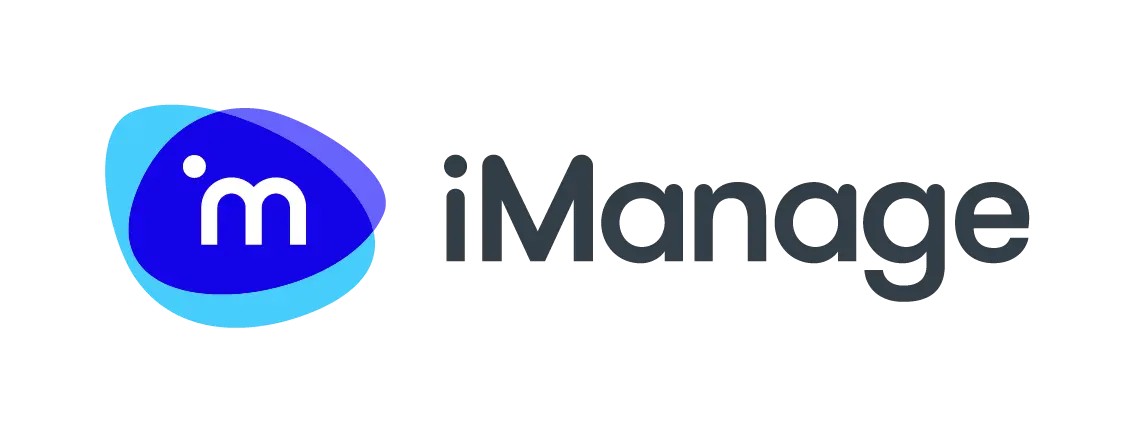Legal Workload Optimization, Part 1: Data You Can Act On
In this two-part series, we will explore the challenges from the data and analytics side first, then review the difficulties of building new processes within an organization’s culture.
In today’s data-driven world, organizations strive to optimize resource allocation and efficiency across various departments. However, accurately assessing the workload of a legal team within a large organization presents several challenges. The legal function often operates at the intersection of multiple business units, handling a diverse range of tasks that are difficult to quantify with precision. For instance:
- Ad hoc and unstructured work requests: Unlike other departments with structured workflows, legal teams frequently receive ad hoc, urgent requests that are not documented systematically. This lack of structured data makes it difficult to analyze workload trends accurately.
- Variability in request complexity: Legal work varies widely in complexity and effort required. A simple contract review differs significantly from handling litigation or regulatory compliance issues. Traditional data analytics tools may fail to capture this complexity, leading to inaccurate workload assessments.
- Siloed data across departments: Many legal teams operate on separate platforms from other business units. The absence of seamless integration between legal management tools and enterprise software leads to data silos, further complicating workload analysis.
Modern solutions for modern problems
While the above situations present unique challenges, most organizations look to one or a combination of solutions to overcome each.
Ad hoc and unstructured work requests:
- Intake portal system: An intake portal system provides a centralized digital intake form to standardize how requests are submitted, categorized, and prioritized.
- Request triage protocol: Documenting a process to classify incoming requests by urgency, complexity, and resource requirements to ensure that requests are appropriately assigned.
- Work request templates: A work request template provides standardization for common legal requests, capturing essential information at the onset to minimize back-and-forth between stakeholders.
Variability in request complexity:
- Complexity or priority matrix: A useful prioritization tool allowing stakeholders to easily determine the tasks that can be completed more quickly and with fewer resources relative to their perceived value.
- Effort estimation guides: True to its name, an effort estimation guide offers insight into the effort needed for stakeholders to complete a task successfully.
- Tiered service model: When there is ambiguity around the complexity of a given request, a tiered service model can provide visibility into the expertise required for its successful completion based on a hierarchical framework.
Siloed data across departments:
- Integration with Enterprise Resource Planning (ERP): When information silos exist within a firm, an ERP system can eliminate them by unifying core data and processes, ensuring that stakeholders across departments have ready access to the same information, delivered in real-time to support quick decision making. A common challenge, however, is that not all systems play well with the ERP, and vice versa.
- Integration with a data warehouse: A data warehouse removes cross-departmental data silos by providing a central repository of unstructured information. Where an ERP is valuable for collecting and distributing real-time data, a data warehouse centralizes data across all systems and makes it accessible across platforms. The challenge is pulling this data to make it structured and useful.
- Workflow tools: Legal work is complex, and data silos only add to the complexity. Many organizations leverage workflow tools like Power Automate, Smartsheet, Jira, and Zapier come in handy, giving stakeholders tools they can use to share information on tasks across the firm.
Solving challenges with iManage and ServiceNow integration
The introduction of integration between iManage and ServiceNow has given firms unique new ways to introduce efficiencies into their workflows. Thanks to the seamless integration of two industry-leading platforms, legal teams can now access solutions tailored to overcome the three common issues addressed above. Solutions such as:
- Centralized legal request management: ServiceNow unifies logging of all legal requests, ensuring consistency and traceability, in a single platform. The iManage structured document management system integrates seamlessly with ServiceNow, ensuring all legal work product is properly secured and filed automatically – with no extra effort for the end user.
- ServiceNow Legal Service Delivery: The automation for workflows offered by Legal Service Delivery breaks down data silos by increasing the visibility of the work underway across different departments. In turn, integration with iManage takes advantage of iManage legal-project-centricity to significantly streamline legal tasks.
- Advanced analytics and dashboarding: The integration enables real-time analytics dashboards that provide insights into legal service delivery. Metrics such as request volume, time spent on tasks, and complexity of matters can be surfaced to better understand resource allocation. Structuring your ServiceNow and iManage systems in this way provides a scalable approach for data accuracy, document control, and improved reporting now and in the future
- Improved compliance and data security: iManage ensures that legal documents remain secure and compliant with internal policies, while ServiceNow records audit trails for all legal service requests. Working in tandem, both platforms offer streamlined workflows and insight into actionable data while maintaining stringent safeguards on legal documents that IP-intensive organizations can rely on.
- Improved Compliance and Data Security: iManage ensures that legal documents remain secure and compliant with internal policies, while ServiceNow provides audit trails for all legal service requests.
With ServiceNow Legal Service Delivery and iManage, firms can make sense of the chaos of incoming requests. Tying relevant data together across silos means that they can get the answers they need to identify the real hurdles in their processes and culture that might be hindering their responsiveness.
In the next part of this series, we will review the process and cultural aspects of managing legal requests. And if you’d like to learn more about how the integration between ServiceNow and iManage can help your organization overcome workflow inefficiencies and gain valuable analytics, contact us for a demo today.


Making Knowledge Work
Request a demo
Ready to see how iManage can make a difference to your organization?
Book a Demo